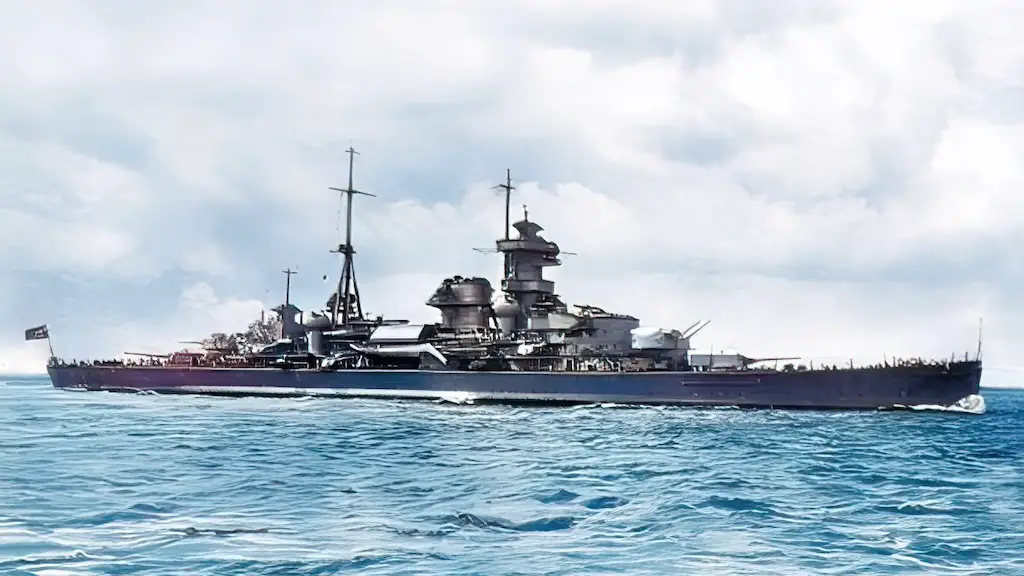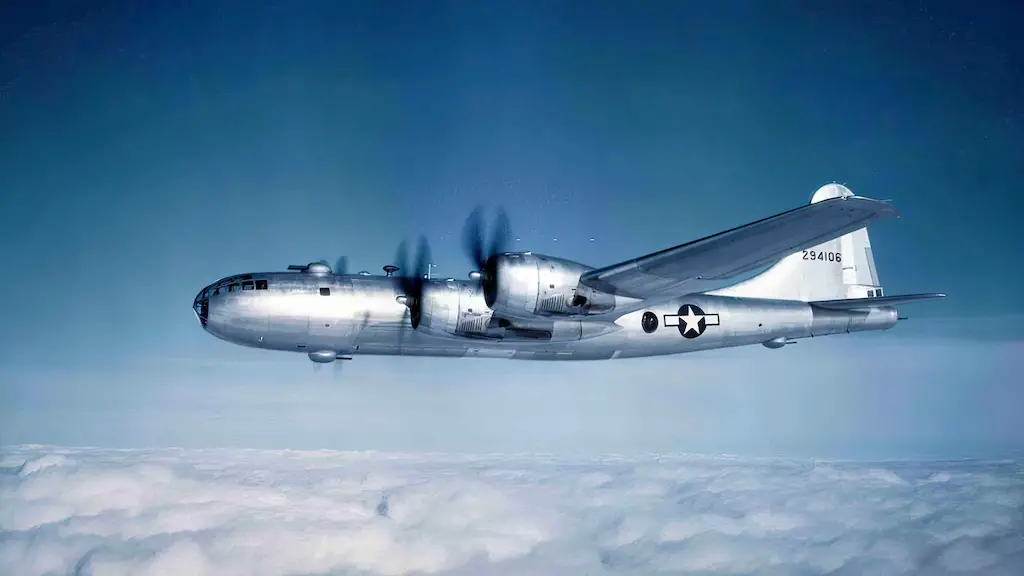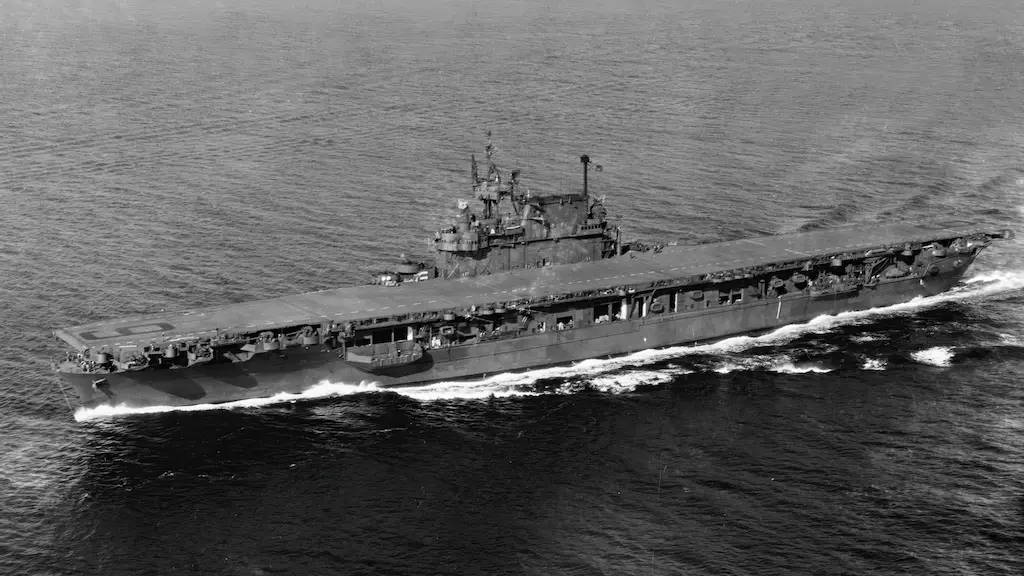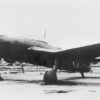The Emergence of the Admiral Hipper Class
The story of the Blücher begins with its classification: a heavy cruiser, part of Germany’s formidable Admiral Hipper class. In the aftermath of World War I, the Treaty of Versailles imposed strict limitations on the size and power of Germany’s navy. This changed in the mid-1930s when Germany, renouncing the Treaty, began developing the Admiral Hipper class. These cruisers were central to Germany’s resurgence as a naval power, symbolizing their return to military prominence.
Germany’s invasion of Poland in September 1939 marked the onset of World War II. Despite early opposition from France and Great Britain, Germany swiftly gained control over Poland. Concurrently, the Soviet Union’s invasion of Finland, known as the Winter War, shifted the geopolitical landscape. The German leadership, recognizing the strategic importance of Scandinavian neutrality, particularly Norway, began to recalibrate their military objectives. Norway’s significance lay in its role as a conduit for Swedish iron ore, crucial for Germany’s war efforts.
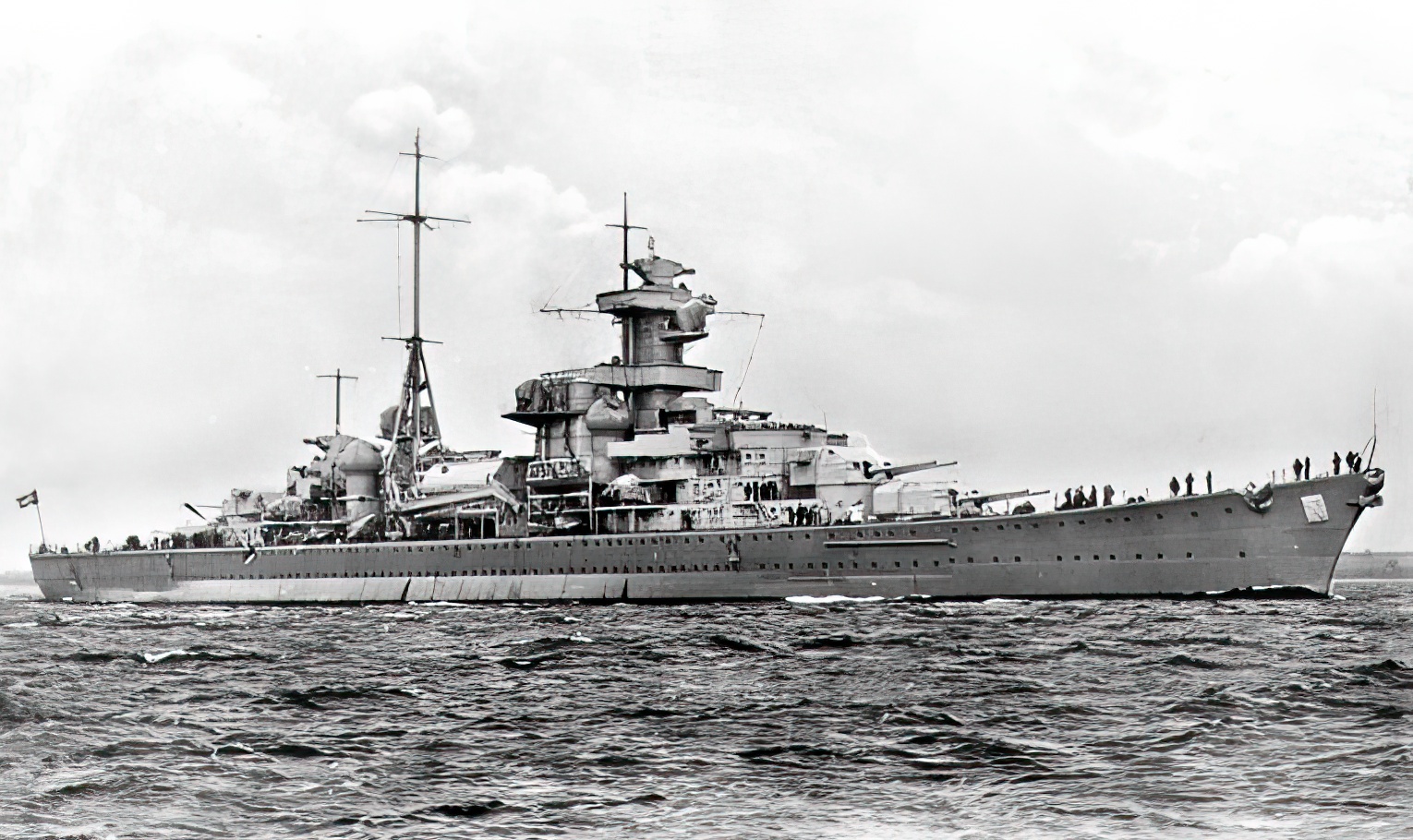
A Tug of War Over Norwegian Neutrality
Germany’s reliance on Swedish iron ore through Norwegian trade routes was not lost on Britain. In a bid to curb German military power, Britain intensified its monitoring of the North Sea, launching Operation Wilfred. This operation aimed to provoke a German response and prevent the flow of resources essential for the German war machine. German fears of British intent to violate Norwegian neutrality further escalated tensions, setting the stage for a direct confrontation.
Amidst escalating tensions, Germany commenced work on the Bismarck, a testament to their naval capabilities. However, the capture of the German tanker Altmark by British forces in February 1940 was a turning point. This incident convinced the German High Command of the need to secure Norway. Operation Weserübung was thus born, with the primary goal of preventing Allied control over Norwegian waters and ensuring the uninterrupted supply of iron ore.
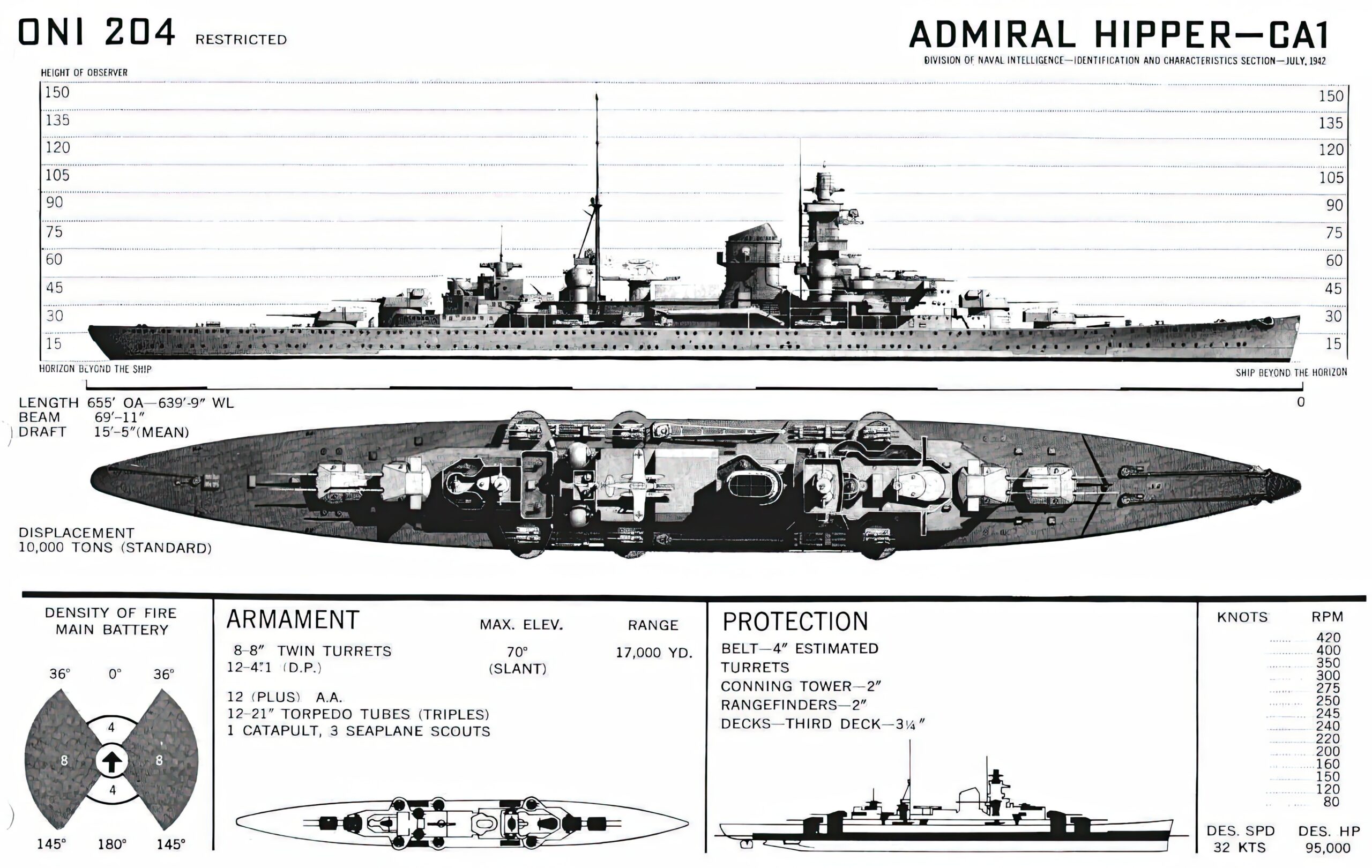
The German Fleet Sets Sail
April 1940 saw the execution of Operation Weserübung. The German fleet, including the Blücher, embarked towards Norway. Their mission: to secure Oslo through a combination of sea and air attacks. The fleet, comprising heavy cruisers, light cruisers, torpedo boats, and support ships, made its way north, unaware of the challenges that lay ahead.
As the German fleet approached Oslo Fjord, Norwegian defenses sprang into action. The Blücher, leading the line, was soon detected by Norwegian forces. Despite initial stealth, the Germans were spotted, leading to an exchange of warning shots. The strategic importance of Oslo and the Drøbak Sound meant that the Norwegians were prepared to defend their territory fiercely.
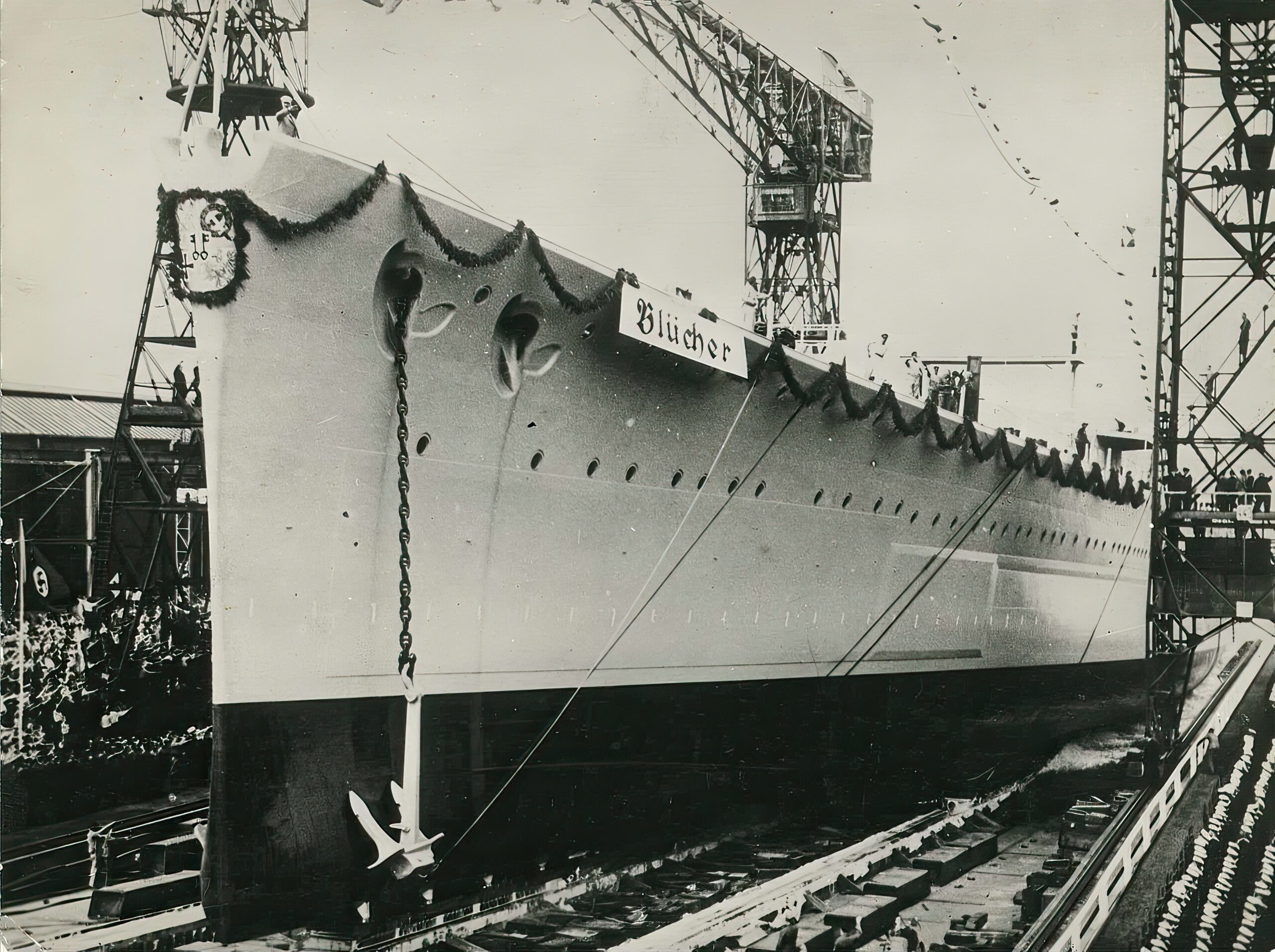
The Norwegian Counterattack
The true test for the Blücher came as it navigated through the Oscarsborg Fortress’s defenses. The fortress, manned by a modest contingent led by Colonel Birger Eriksen, was equipped with aged yet formidable artillery. In a display of tactical brilliance, the Norwegian forces managed to inflict severe damage on the Blücher, marking a turning point in the battle.
The Blücher’s fate was sealed when it came under heavy Norwegian artillery and torpedo fire. Despite its formidable build and armament, the cruiser could not withstand the onslaught. The attack on the Blücher not only demonstrated the effectiveness of Norway’s coastal defenses but also symbolized a resilient stand against a superior military force.
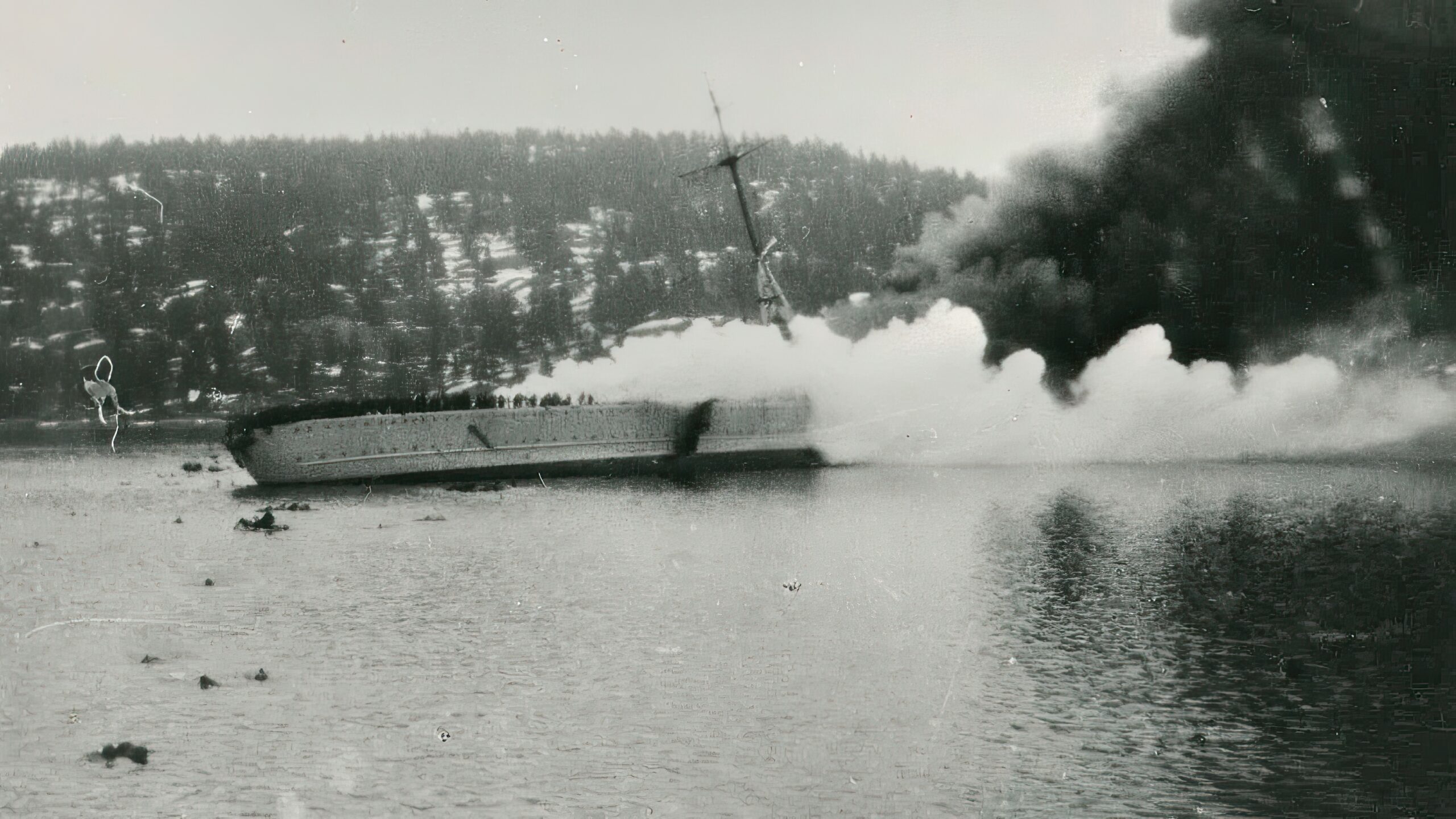
The Ripple Effect of a Sunk Cruiser
The sinking of the Blücher had far-reaching consequences. It delayed the German occupation of Oslo, allowing key Norwegian figures and the country’s gold reserves to be moved to safety. This event showcased the strategic significance of coastal defenses and marked a notable moment in World War II, where a smaller force triumphed over a seemingly unbeatable adversary.

